Your ordinary bugleweed isn’t a traditional flower. Chances are it grows close to your house, especially if you live in the old world continents, like Europe or Asia. However, what separates it from your typical houseplant are the clear-cut differences. Your typical ajuga will steal attention and, if not controlled, your whole garden.
But don’t write off the plant just yet! We’ve already taught you to grow and control a fast-growing bamboo, and we will also help you tame the beauty of ajuga. You can choose between many cultures to find the right look for your garden. So, if you are determined to try your luck with this plant, we will give you a helping hand. From planting to growing and dealing with common problems, we will cover everything you need to know about increasing ajuga!
What is an Ajuga?
Image credit: ROMAN ODINTSOV
Commonly known as bugleweed, ajuga plant spreads through runners and can quickly cover a wide area. It competes with native plants and even outcompetes them if kept unmaintained. It has deep green leaves, beautiful spikes, and blueish flowers.
Ajuga belongs to the bigger Ajugeae tribe of plants. Among the five genera, it is the most dominant and popular. Let’s take a step further back in its classification. Ajuga belongs to the Lamiaceae family, commonly known as the mint family.
Ajuga Quick Facts
Image credit: Chloe91226
It’s time to dump some odds and ends about this plant. After all, it might be best to know the essential characteristics before dedicating some space in the garden (along with lots of time) to this plant.
- Botanically, the plant is known as ajuga. You will most commonly encounter Ajuga reptans, the most common variety.
- Ajuga is a perennial plant.
- The plant can reach heights of 20 in (50 cm).
- Most species grow better in 4 to 9 hardiness zones (USDA).
- It blooms around May and June months.
Ajuga Types and Varieties
With the world so big, a lot of ajuga plant varieties evolved. Much more than you can count with your fingers. You should at least know the main varieties. However, if you have the space in garden beds, choose as many different varieties of ajuga plants as you want.
Bugleherb (Ajuga reptans)
Image credit: GusGus6502, plantplacenursery
Known as carpet bugleweed, this species is native to Europe. In North America, this type is considered to be invasive. In most gardens, this species of ajuga is used as a “filler” for empty spaces due to its fast growth. Also, you don’t need to stick to a single species. You can choose from quite a variety:
- Ajuga reptans ‘Black Scallop’ has scalloped, near-black leaves.
- Ajuga reptans ‘Burgundy Glow’ has burgundy and multicolored foliage in the fall season.
- Ajuga reptans ‘Chocolate Chip’ has oval chocolate color leaves with burgundy highlights.
- Ajuga reptans ‘Dixie Chip’ has foliage consisting of three colors: rose, green, and white.
- Ajuga reptans ‘Silver Beauty’ grows grey-green leaves edged in creamy white.
Upright Bugle (Ajuga genevensis)
Image credit: pxhere.com
The upright bugle is most common in Europe, Caucaisia, and parts of Turkey. However, it does grow in North America naturally. It’s known for upright stems and bigger leaves. In Austria, this species is commonly used in medicine. Because of its slower growth, it commonly grows on the edges of ornamental gardens. It has two varieties:
- The arida variety grows well in mountain meadows and has short grey plant hairs (trichomes).
- The elatior variety thrives in alpine climate areas and develops plant hairs in a more random pattern.
Pyramidal Bugle (Ajuga pyramidalis)
Image credit: OhWeh, CC BY-SA 2.5 DEED
The ‘pyramid’ in the name comes from the fact that this variety likes to grow in height. The stem grows straight and can grow as tall as 10 in (25 cm). It’s native to Europe, especially Scotland and rocky ground. It can grow at 8,858 ft (2700 m) altitudes. It’s used for medicine and can create hybrids with Ajuga reptans and Ajuga genevensis varieties.
- Ajuga pyramidalis ‘Bronze Beauty’ develops bronze, purplish foliage.
- Ajuga pyramidalis ‘Metallica Crispa’ grows short spikes and blueish flowers.
- Ajuga pyramidalis ‘Caitlin’s Giant’ is valued for its large green leaves and deep blue flower spikes.
Ajuga turkestanica
Image credit: Leonora (Ellie) Enking, CC BY-SA 2.0 DEED
This variety is known for growing in large numbers (up to 300 individual plants sometimes). Native to central Asia, especially Uzbekistan, Ajuga turkestanica has various medical benefits. For example, local herbalists prescribe the herb as a tonic of sorts. Today, a lot of supplements use turkesterone, derived from Ajuga turkestanica extract.
Where, When, and How to Plant Ajuga
Sticking with it? Well, it’s time to go through the where, when, and how to grow a beautiful Ajuga plant. Your plant will thrive if you carefully select the time, location, and way to plant it.
Where
Image credit: Frank Vincentz, CC BY-SA 3.0 DEED
Because of the fast growth, growing ajuga where you genuinely need it is best. In the case of Ajuga reptans, it spreads rapidly by producing stolons or runners. As the number increases, new plants begin to grow on the runners. So, it’s also important to plant where there is enough space for the plant to spread.
When
Image credit: Karolina Grabowska
Right planting time allows the plant to grow foliage and develop strong and healthy roots. With most varieties, it’s best to plant bugleweed around late spring or early fall when there is no chance of frost. The moist and warm soil benefits the plant in the long term.
How
Image credit: Zoysia R Us
Before you go ahead with the planting in the ground or pot, ensure the soil is moist, warm, and deep enough for the roots. The following steps are easy:
Step 1. Dig out a hole as big as the container ajuga came in.
Step 2. Place the plant (especially the crown) on the same level as the surface.
Step 3. Fill in the void space with soil. Use your fingers to firm the soil.
Step 4. Water the freshly planted bugleweed.
If you are planting several ajuga plants at the same time, make sure to keep them 12 inches apart.
How to Take Care of Ajuga
Image credit: Reddit.com
With the plants in the ground, it’s time to take care of them. However, keep in mind that you will spend more time trying to contain it than actually taking care of it. Make sure the factors below are in check, and your plant will flourish nicely.
Light
If you want more vibrant foliage, ensure the plant gets three to four hours of sunlight. So, make sure to plant it in full or partial sun. If you plant a more colorful ajuga plant, it should receive three to four hours’ worth of sunlight a day.
Soil
Ajuga will grow best in moist, well-drained soils with a good amount of organic matter. However, the plant can tolerate dry soil.
Water
Image credit: pixabay.com
If recently planted, you will need to water your plant generously. Preferably, one to two inches of water (including rain) per week. An inch of water should be enough once the roots are established and growing. However, if you need a measure—if the first two inches of soil are dry, it might be the time to water your plant.
Temperature and Humidity
Your ordinary bugleweed can deal with various temperatures and humidity. As long as there is good air circulation, your plant will thrive.
Fertilizer
If you’ve picked the right soil, you won’t need additional fertilizer to ensure a healthy plant. However, if the soil is poor, you might choose granular or water-soluble choices. It’s best to feed your plant in the mornings and rinse any fertilizer left on the leaves with water.
How to Maintain Bugleweed
Image credit: Apprehensive-Draw103
In the long term, you won’t need to bend over backward to keep your plant healthy. You will need to put in some sweat pruning, though. But don’t worry; when winter comes, you’ll have the time to relax.
Pruning
Pruning is essential to control your plant and reduce the number of runners. Don’t hesitate to use scissors on the plant, as you will need to prune the plant two to three times a year. Mainly, you’re going to cut off runners that either hog space or have the potential to overtake other plants.
You can also do some cosmetic pruning. Mainly in summer, cut off used-up flower spikes to encourage new growth. When the flowers wilt, remove them too.
Overwintering
Ajuga is a tough plant. However, that doesn’t mean you need to leave your ajuga plant alone in the colder winter months. Instead, use some slow-dissolving fertilizer (if required) or provide extra warmth using mulch.
Propagating to Grow More Ajugas
Is your current plant expanding too slowly? Well, you might want to grow some more ajuga plants by propagating them. You can do this in two ways—division or seeds. Each presents unique challenges and different results.
Propagating by Division
Image credit: Evan’s Gardening YouTube!
It is best to do the ajuga division in spring and fall, coinciding with the best planting seasons. It’s best to propagate this way when the area gets overcrowded with plants, and you want to transplant them. The steps are rather straightforward:
Step 1. Dig up plant clumps that include the main plant and the offshoots.
Step 2. It’s time to showcase your knife skills. Separate the plant clumps into individual plants by knife or hand)
Step 3. Discard plants with brown leaves or those that are on the brink of dying.
Step 4. Plant the individual plants into new locations. Follow the same steps as mentioned above.
Keep the care going, and enjoy your annual beauty every year. If you follow the steps correctly, you will now have an attractive ground cover.
Propagating by Seed
Image credit: Nikolett Emmert
You might want to propagate by seeds to get an extra skill point for your green thumb journey. The whole process starts indoors:
Suggestion. Grow your ajuga from seed during the spring and fall seasons.
Step 1. Place plant seeds in soil-filled containers. Mix in some compost for a better result.
Step 2. Water the seeds often. Just make sure not to overwater them. Keep the soil moist but not soggy.
Step 3. In about a month, the seeds will germinate and sprout some seedlings. Then, move them into bigger pots.
Step 4. Once summer comes, plant your ajuga outside.
Common Pests and Disease
Image credit: marlenemullet, WikiPedant, CC BY-SA 4.0 DEED
Aphids are the enemies of an ajuga plant. While other pests and diseases have little to no effect, aphids seem to be the only mortal enemies of the plant. Thankfully, with the proper treatment, it’s easy to get rid of them. However, your bugleweed might develop rot problems and maybe even fungus. These problems usually develop due to poor care, so avoid soggy soil and ensure good air circulation.
Ajuga Companion Plants
While ajuga might be competitive, this doesn’t mean you should avoid pairing your ajuga with another beautiful flower. Below, you’ll find adaptable plants that can thrive in similar conditions and don’t mind sharing their space with the beautiful ajuga.
Coral Bells
Image credit: Acabashi, CC-BY-SA 4.0
Coral bells are also grown as groundcover plants. Combined, the two can produce an array of colors. Since bugleweed grows slightly faster, you could use coral bells to fill in the empty space.
Bleeding Heart
Image credit: liz west, CC BY 2.0 DEED
Add some pink to those blue flower spikes of ajuga. Bleeding heart flowers are pink and usually like the same soil as the faster-growing companion.
Fothergilla
Image credit: James Steakley, CC BY-SA 3.0 DEED
While you’ll need to stay vigilant with an ajuga plant, you’ll need to be almost hands-off with fothergilla. With these two in your garden, you will have a beautiful view throughout all four seasons.
Should You Plant Ajuga?
Image credit: Spoken Garden, Granny’s Garden
Now comes the big question—is it worth it? If you want to develop some additional foliage color on the ground, go ahead! But be warned: if you don’t pay enough attention, it can overtake your garden. So, count the cons and pros before buying some seeds or preparing saplings. Either way, chances are you won’t be disappointed.
FAQ
How Invasive is Ajuga?
In Europe, this plant is considered natural. However, in North America, the plant is considered to be invasive. For this reason, you should select pairing plants carefully so as not to destroy your garden’s ecosystem.
Is Ajuga a Good Ground Cover?
Considering the cons and pros, this plant is a good ground cover. It spreads quickly, fills empty spaces, and looks beautiful throughout the seasons.
How Fast Does Ajuga Spread?
The growth depends on the available resources, particularly nutrients. The plant can spread indefinitely as long as there are nutrients. With adequate watering and sunlight, you can expect your whole ground to be covered in ajuga plants.
302views
Share on Facebook
 Dark Mode
Dark Mode 

 No fees, cancel anytime
No fees, cancel anytime 






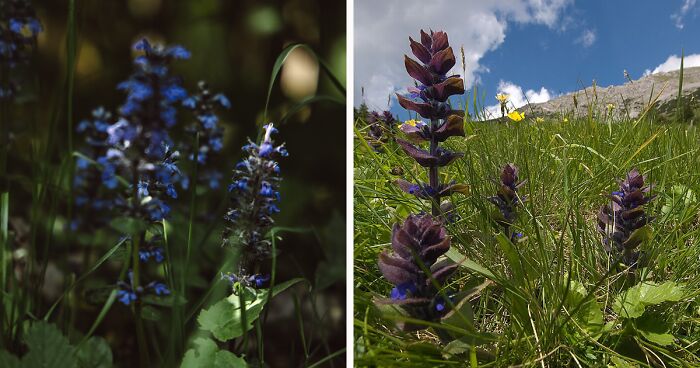
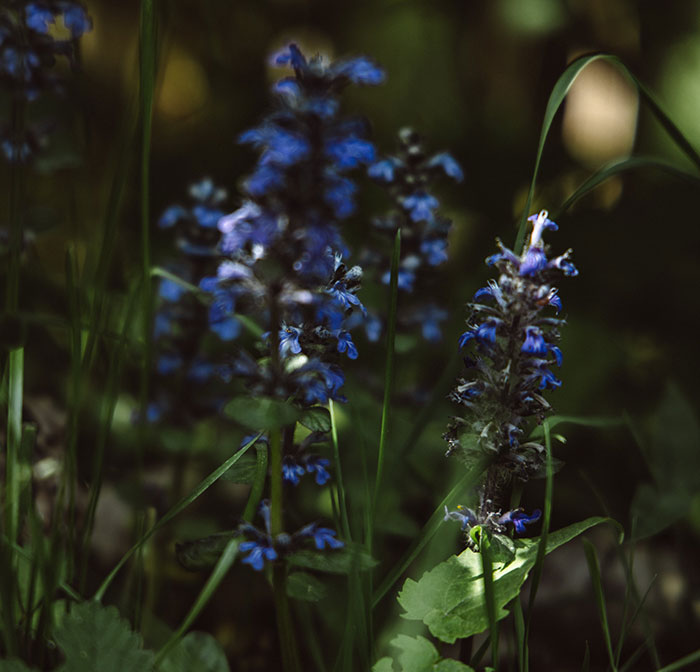
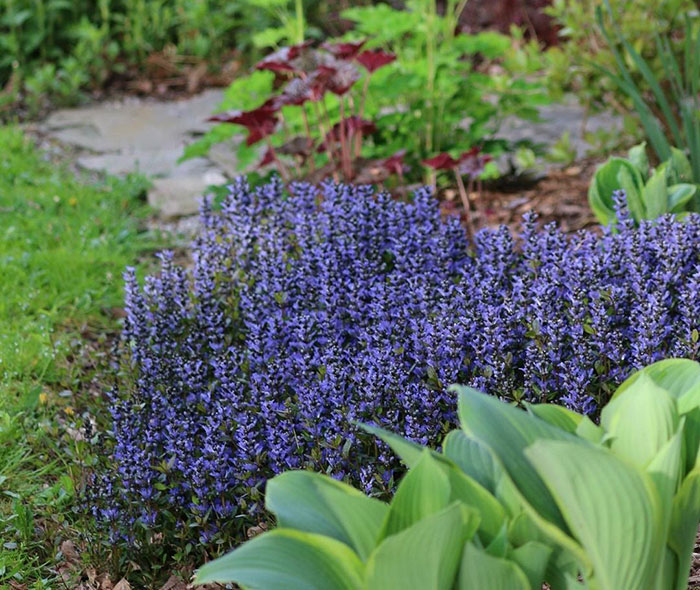
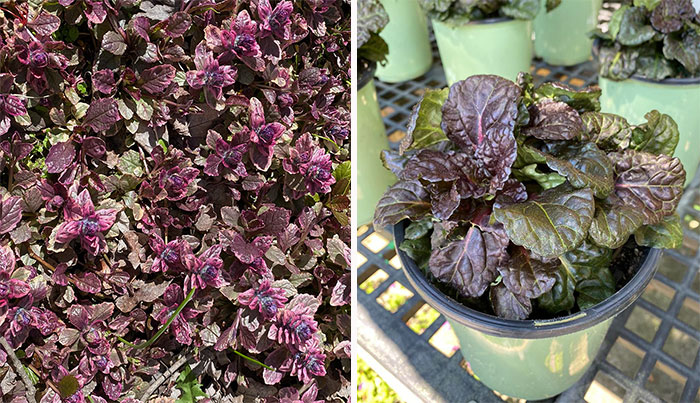
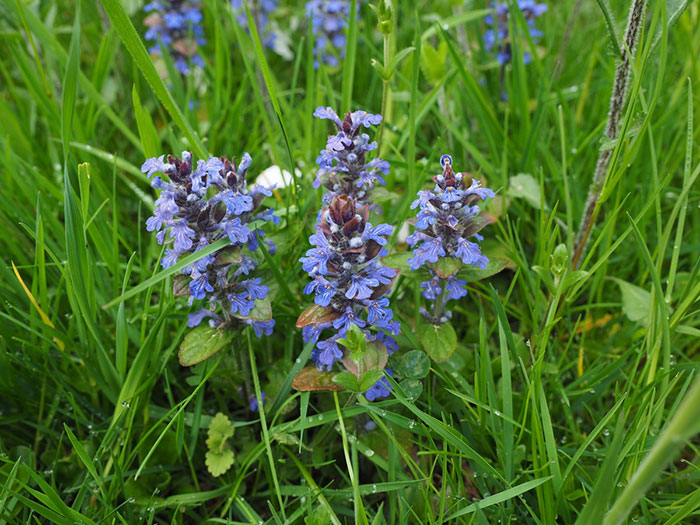
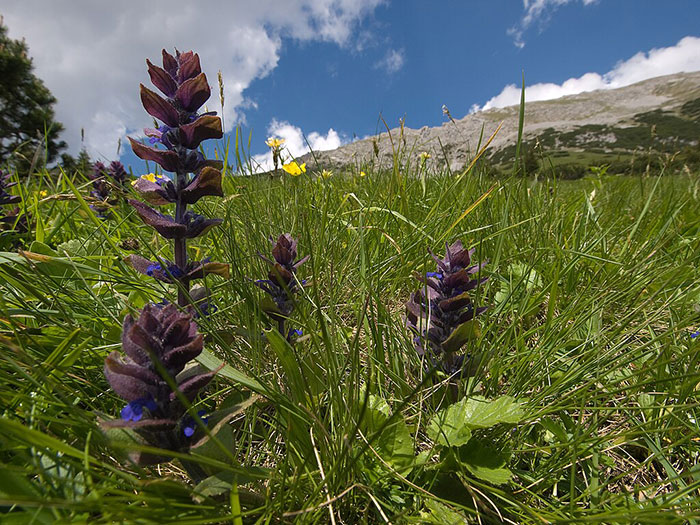
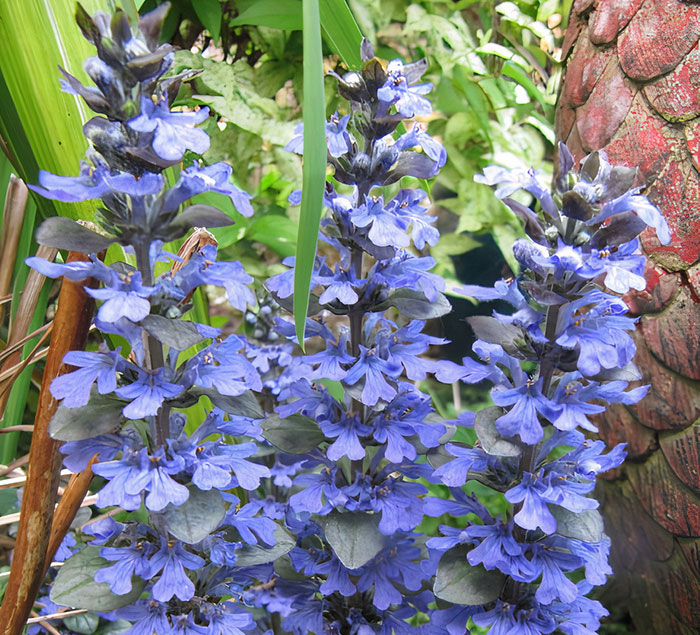
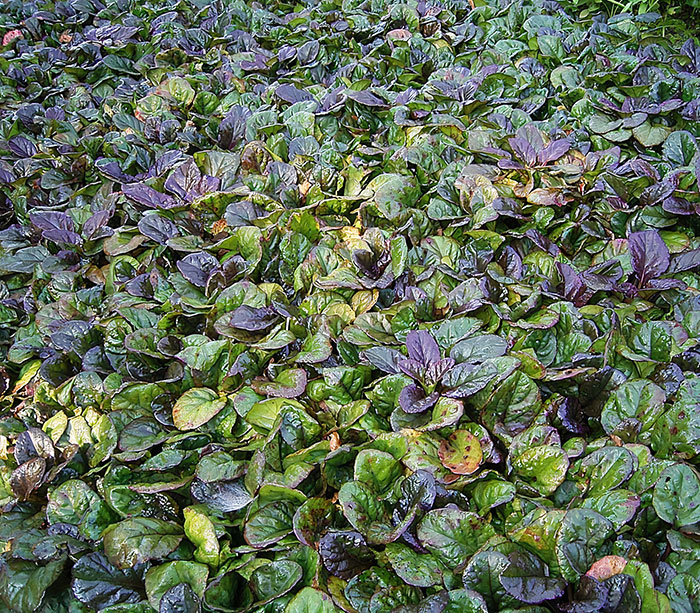
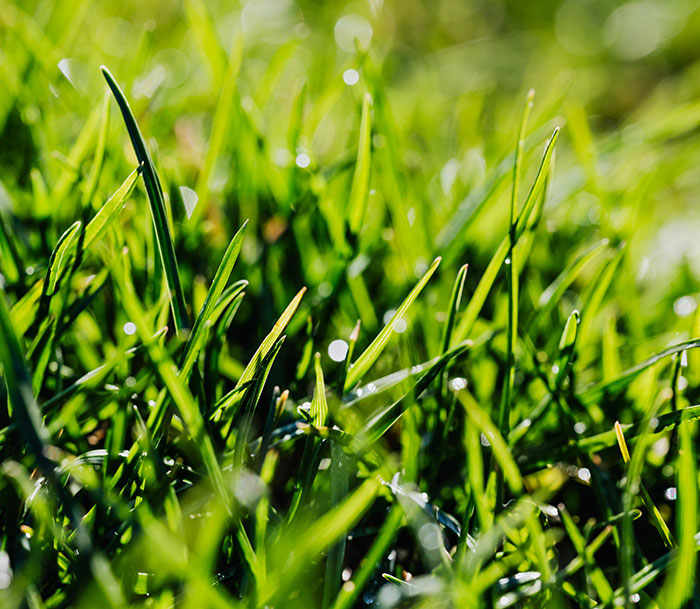
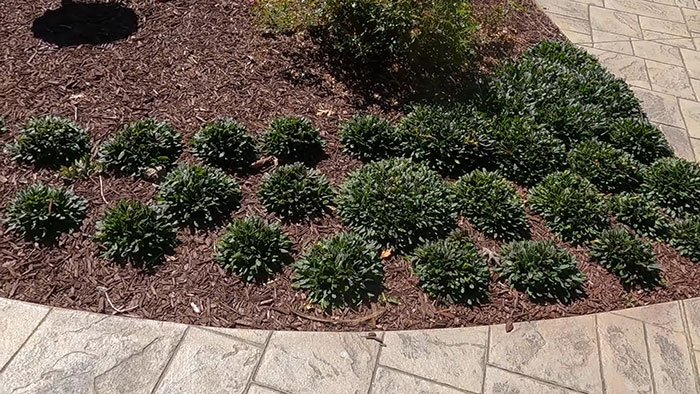
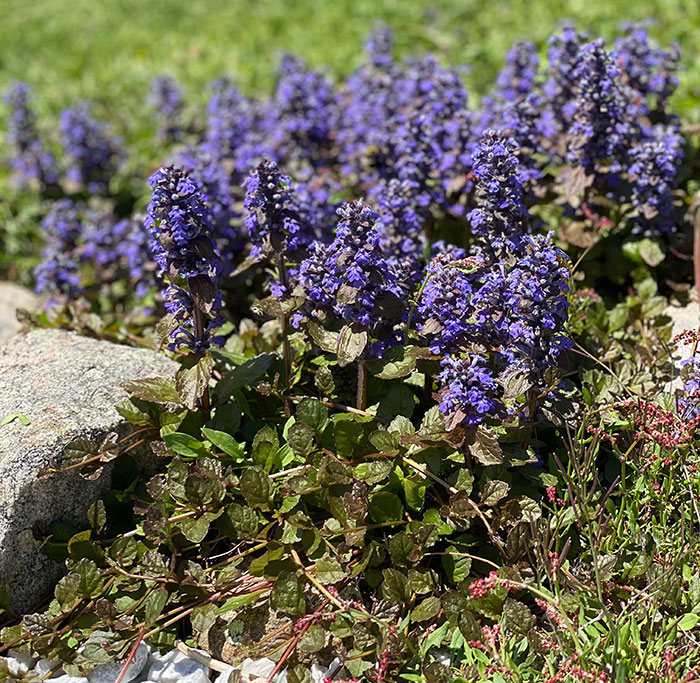
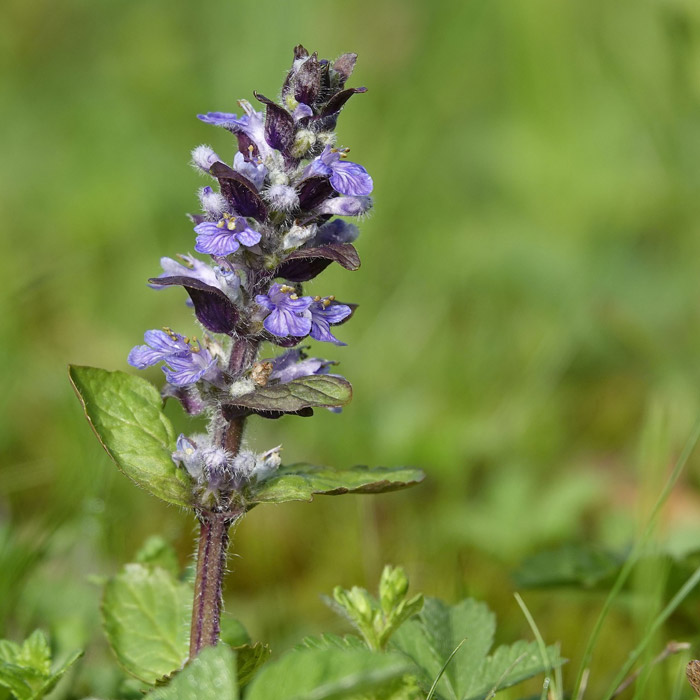
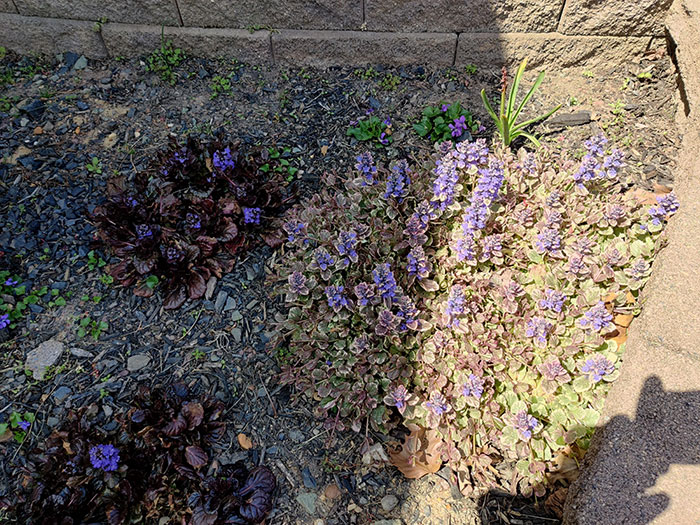
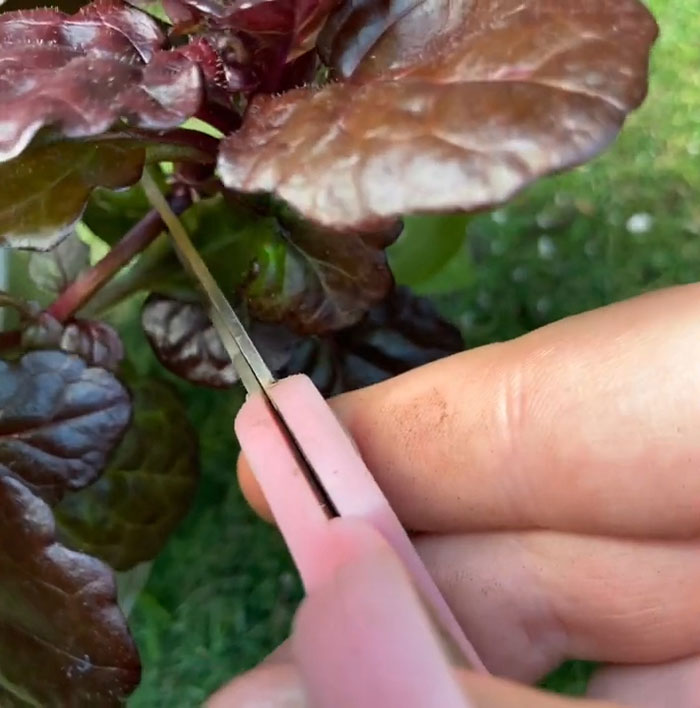
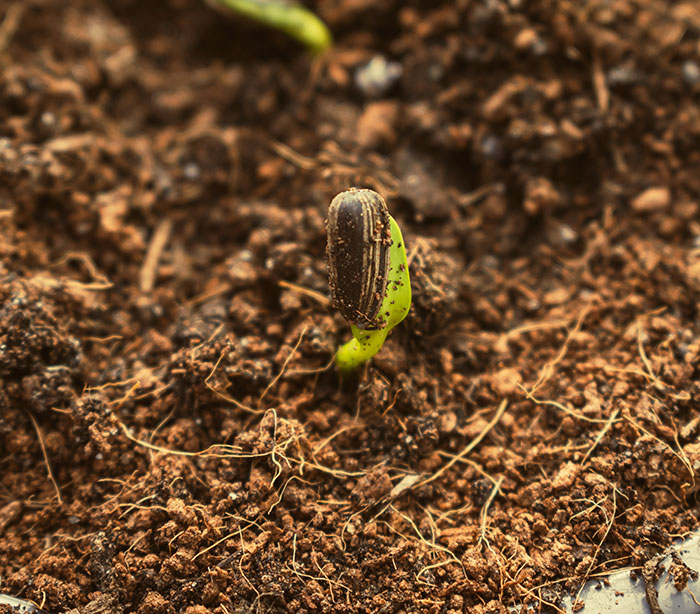
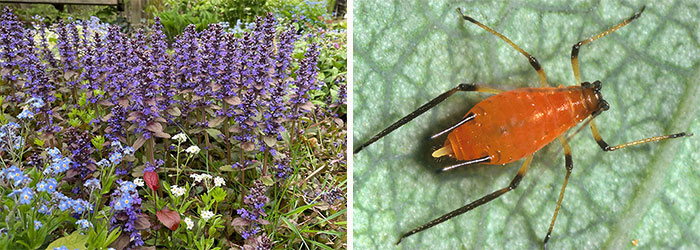
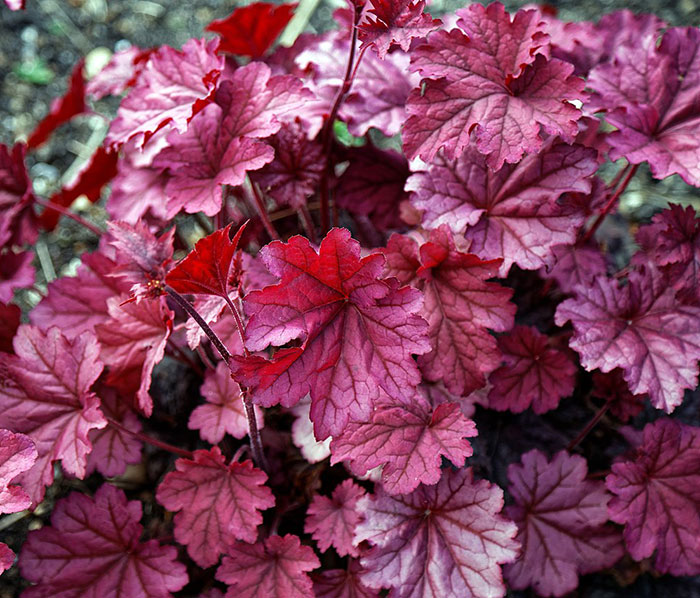
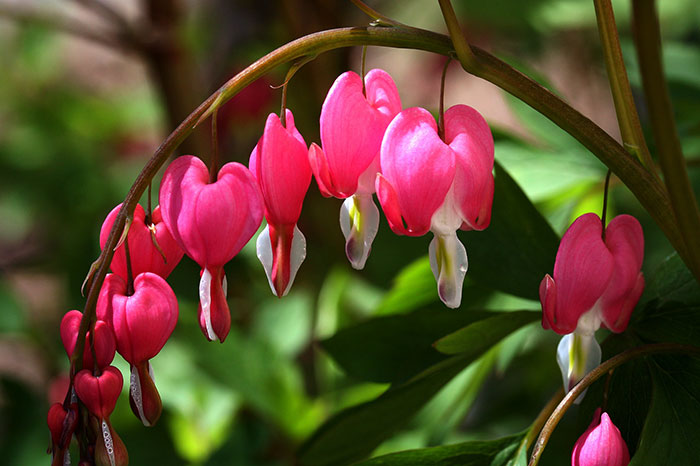
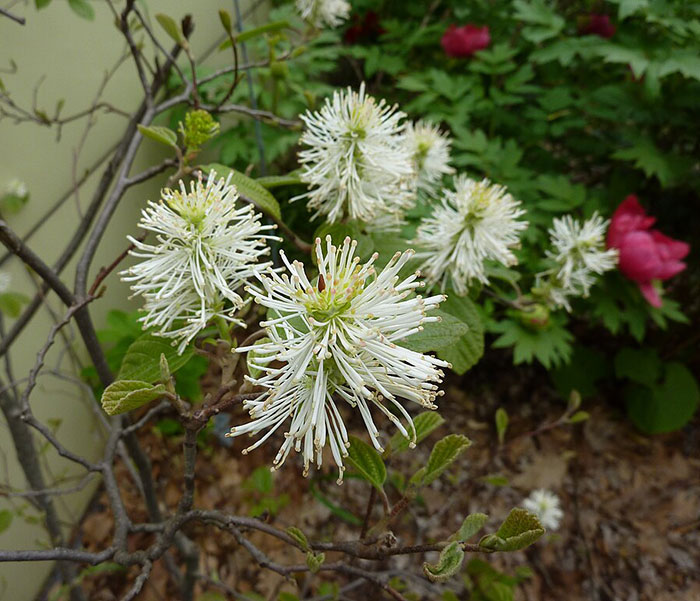













































11
0